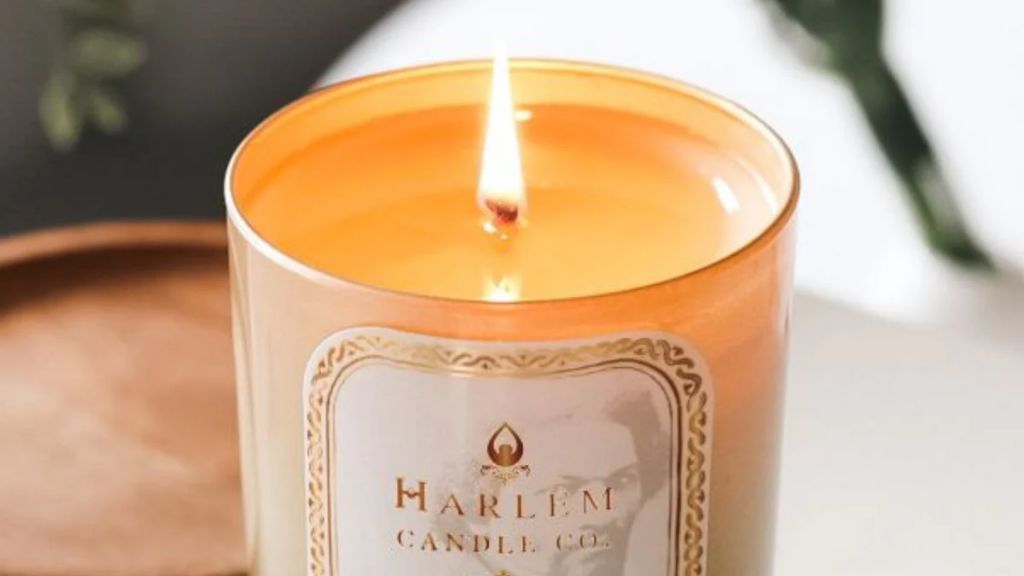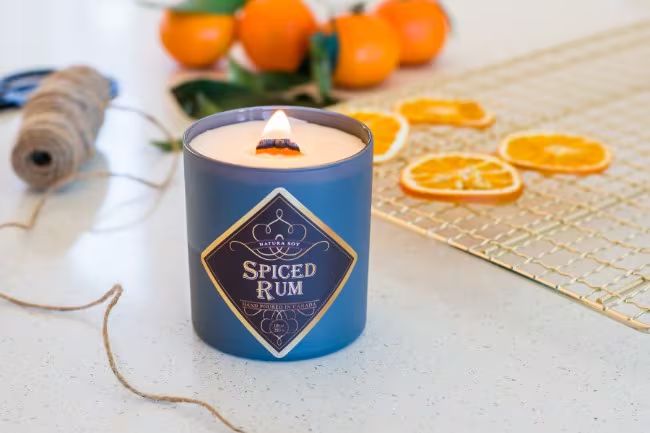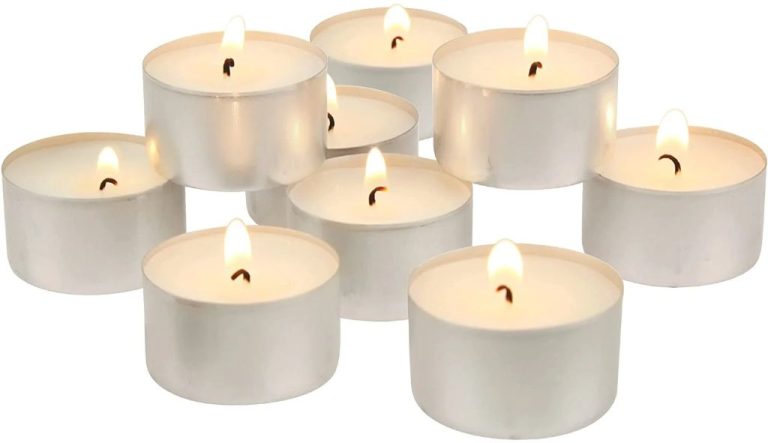What Is The Best Wick For Freedom Soy Wax?
Freedom soy wax is a popular candlemaking wax known for its excellent adhesion, reducing frosting, and uniform melting. It has a low melting point around 115°F, allowing for easy mixing and dispersing of fragrance, colorants, and additives. Freedom soy also has good scent throw and makes clean burning candles.
Choosing the right wick is crucial for getting the best performance from candles made with Freedom soy wax. Wicks serve the important purpose of bringing the melted wax up to the top of the candle where it can vaporize for fragrance release. The wick must be properly sized to match the diameter of the candle container so that the melt pool is the right depth and circumference. Factors like wick type, braiding, and tabbing all impact how well the wick burns and how clean and complete the melt pool will be.
Wick Materials
Common wick materials include cotton, wood, paper, and zinc core. Cotton is one of the most widely used and recommended wick materials due to its clean burn and minimal sooting (https://smellscandle.com/blogs/news/what-are-candle-wicks-made-of-everything-you-need-to-know). Cotton wicks draw wax evenly and curl as they burn, which helps prevent tunneling. Wood and paper can also be used for wicks, but may produce more soot. Zinc core wicks have a cotton exterior wrapped around a zinc inner core, which helps the wick stand upright and burn cleaner.
Other natural materials like hemp, beeswax coated linen, and wood splints can be used as wick substitutes, though may not burn as cleanly as cotton (https://www.sewhistorically.com/17-natural-materials-to-make-diy-candle-wicks/). When selecting a wick material, cotton and zinc cored wicks tend to be the best options for an even, soot-free burn.
Wick Sizing
The diameter of the candle container plays a key role in determining the proper wick size for freedom soy wax candles. Generally, the wider the container, the larger the wick will need to be in order to provide an adequate melt pool. Freedom Soy recommends the following wick sizing based on candle diameter:

- For candles 1-2 inches in diameter, use a #1 or #2 wick
- For candles 2-3 inches in diameter, use a #2 or #3 wick
- For candles 3-4 inches in diameter, use a #3 or #4 wick
It’s recommended to start testing with the smaller wick size and moving up as needed. The goal is to achieve an even melt pool that extends to the edges of the container without tunneling. Most soy wax candles perform best with a wick on the lower end of the recommended spectrum. Going too large with the wick size can cause sooting, mushrooming, or an overly hot flame.
When working with freedom soy wax specifically, Eco wicks in sizes #1-#4 tend to be a good match, providing a nice melt pool and minimal sooting. It’s advisable to test different wick options to determine what works best for each candle design.
Wick Braiding
Braided wicks offer several advantages over single-ply wicks when used with soy wax candles. Braiding helps strengthen the wick by increasing its density and rigidity. The braid design also allows the wick to curl back into the wax pool as it burns, which helps prevent mushrooming at the tip and reduces soot (https://wicksunlimited.com/what-is-the-difference-between-cored-and-flat-braided-wick/).
Flat braided wicks are often recommended for soy wax candles because their flat shape gives a larger surface area for the wax to adhere to, improving capillary action. The flat braid also provides excellent capillary flow to maximize an even burn (https://www.howtomakecandles.info/article/2026/candle_wicks_flat_braid_wicks). Square braids are also popular since they lock the wax into the center of the wick.
When selecting a braided wick for soy wax, it’s recommended to choose a larger wick size than you would for paraffin wax. Soy wax becomes liquid at a higher temperature than paraffin. A larger wick ensures proper melting and wax pooling with soy. Testing different braided wick sizes to find the optimal balance of a strong flame and no sooting is advised.
Wick Tabbing
Wick tabs are small pieces of metal that hold the base of the wick in place at the bottom of the candle container and prevent it from moving around. Tabbed wicks are recommended for container candles like soy candles because the metal tab anchors the wick in place before the wax hardens.
Without a tab, the wick can shift when the candle is poured and cooled, leading to an off-center wick when the candle is lit. This makes for uneven burning and can cause issues like tunneling. Tabbed wicks prevent this problem by securing the wick in the optimal position.
Some candle makers try to save money by making candles without wick tabs, using methods like hot glue to adhere the wick. However, for soy candles, most experts recommend tabbed wicks to ensure proper wick placement and performance.
Preventing Soot
Soot is a common issue with soy candles. However, there are several tips that can help prevent sooty candles when using soy wax:
First, trim your wicks to 1/4″ before each use. Long wicks are the primary cause of soot, as the flame becomes too large and does not burn hot enough. Studies show that a shorter wick of around 1/4 inch helps soy wax pool properly and prevents sooting issues (Source).
Second, allow the wax pool to form completely before extinguishing the candle. Putting out the candle too soon can lead to the wick smoking and emitting soot. Let the candle burn long enough for a full melt pool to form.
Third, avoid drafts which can cause the candle flame to smoke and sputter. Find a spot away from vents, windows, doors etc. that is less prone to drafts during use.
Fourth, use a candle holder that catches dripping wax to prevent wax build up. Built up wax on the sides can clog the wick and cause an uneven burn.
Fifth, gently wipe away any visible soot that forms on the jar before relighting. You can use a dry paper towel or cotton pad to gently buff off any black residue.
Following wick trimming guidelines, allowing full melts, and preventing drafts are key for preventing soot when burning soy wax candles (Source). With the right precautions, you can eliminate sooting and enjoy a clean soy wax burn.
Top Wick Picks
When selecting the best wicks for soy wax candles, there are a few top picks that consistently perform well. Based on criteria like reducing soot, maximizing fragrance throw, preventing tunneling, and creating an even burn, the following wicks stand out:
Eco-2 Wick from Lone Star Candle Supply (https://www.lonestarcandlesupply.com/candle-wick/eco-2-wick) – This braided flat cotton wick is specially designed for soy wax. It provides excellent scent throw with low sooting.
CD Wicks from Candle Science (https://www.candlescience.com/candle-making/candle-wicks) – These wicks are made of paper-cored cotton and come in a wide range of sizes. They are versatile picks that work well in soy wax.
HTP Wicks from Lone Star Candle Supply (https://www.lonestarcandlesupply.com/candle-making/candle-wicks/htp-wicks) – HTP stands for “High Tech Performance” and these wicks deliver with excellent flame control and hotter burns in soy wax.
Eco wicks from Candle Science (https://www.candlescience.com/candle-making/eco-wicks) – Made from natural fibers like cotton, paper, and wood, these wicks are designed to curl and self-trim in soy wax.
CZ wicks from Candle Science (https://www.candlescience.com/candle-making/cz-wicks-3) – The CZ series features braided paper-cored cotton wicks that give clean burns and strong scent throw in soy wax.
Wick Testing
It’s extremely important to test different wicks when working with soy wax. Since soy wax has a lower melting point than paraffin, it requires a larger wick to avoid issues like tunneling. Testing wicks allows you to find the optimal wick for a clean, full burn.
To test wicks with soy wax:
- Pour soy wax into containers of the same size and shape.
- Place a different wick in each container. Use the manufacturer’s wick recommendations as a starting point.
- Allow candles to cure completely before testing.
- Burn each candle for at least 4 hours, evaluating factors like flame height, mushrooming, sooting, and tunneling.
- Take notes on how each wick performs. The best wick will have a strong flame without smoking, sooting, or tunneling.
- Repeat testing as needed until finding the ideal wick for your soy wax candle.
Following a rigorous wick testing process helps dial in the perfect wick for soy candles, ensuring ideal performance from the first burn to the last (Theflamingcandle.com).
Troubleshooting
There are several common wick issues that can occur when making candles with Freedom Soy wax. Understanding what causes these problems and how to fix them is important for troubleshooting your candles.
Tunnelling
Tunnelling happens when a tunnel forms around the wick, leaving wax on the edges. This is generally caused by the wick being too small for the candle diameter. To fix, use a larger wick next time. You can also pour additional wax into the tunneled area to fill it in.
Drowning
Wicks can drown when the wax pool gets too deep. This puts out the flame. Using a longer wick next time can prevent drowning. You can also pour off some of the melted wax to decrease the pool depth.
Mushrooming
Mushrooming occurs when soot builds up on the wick, causing it to mushroom over. To prevent this, use a wick tab or make sure you’re using a wick size appropriate for the wax and fragrance oil. Trimming the wick to 1⁄4″ before lighting can also help.[1]
Sooting
Sooting results in black smoke and carbon buildup. Using a larger wick or a less volatile fragrance oil can reduce sooting. Specialty wicks designed for soy wax may also help. Keep wicks trimmed to 1⁄4″ [2]
Conclusion
When selecting the best wicks for soy wax candles, there are a few key factors to consider. The wick material, size, braiding, and tabbing all play an important role in getting a proper melt pool and minimizing soot and mushrooming.
Testing different wicks is crucial to finding the one that works best for your specific soy wax and vessel. But as a general rule, recommended wicks for soy wax candles are cotton or wood core wicks that are larger in diameter. Popular options include ECO wicks in sizes 10 and above, and CD wicks in sizes 8 and up.
Avoid any wicks prone to bending and ensure they are centered in the vessel. Trim wicks to 1⁄4” before each burn. With the right testing and adjustments, you can achieve an ideal soy wax candle with a full melt pool and no excess soot.





